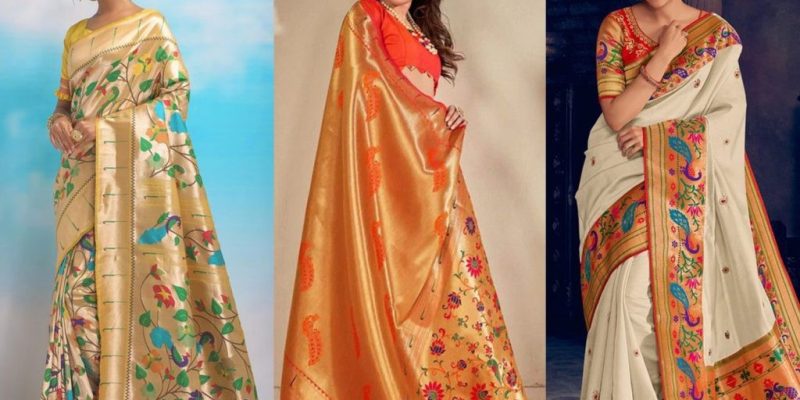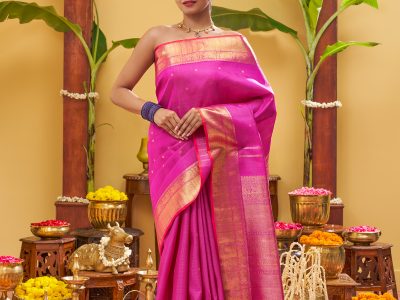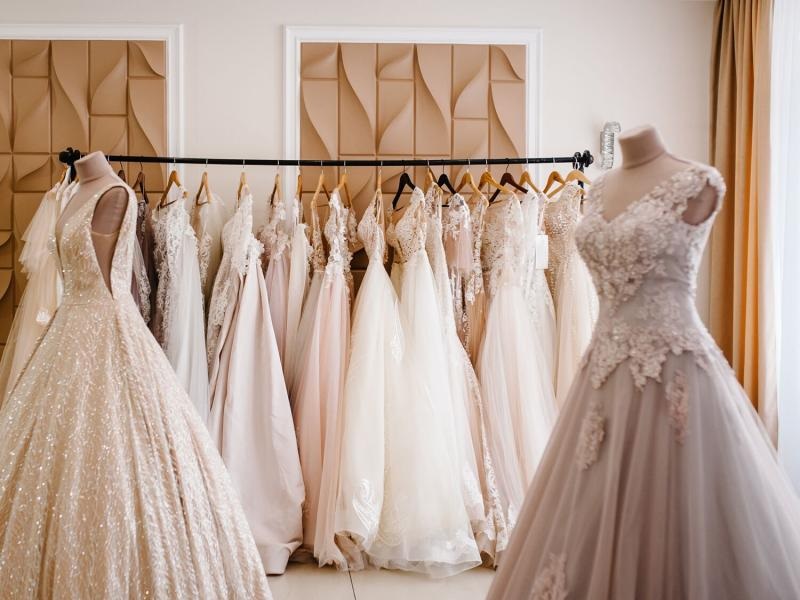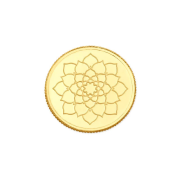The saree is one of India’s most iconic garments—graceful, elegant, and deeply woven into the cultural and historical fabric of the nation. Spanning generations and geography, the saree is more than just attire; it’s a reflection of India’s rich artisanal heritage. With each region contributing its own weaving technique, fabric, and design motifs, the saree comes in countless varieties, each with a unique story to tell.
In this guide, we explore some of the most popular and distinctive types of sarees found across India, celebrating the craftsmanship and traditions behind each.
1. Banarasi Sarees – Regal and Timeless
Originating from Varanasi, Banarasi sarees are famed for their luxurious silk and intricate zari work. These sarees often feature floral and Mughal-inspired motifs, making them a preferred choice for weddings and festive occasions. Their opulent drape and classic appeal make them timeless pieces in any wardrobe.
2. Kanjeevaram Sarees – The Pride of Tamil Nadu
Known for their rich hues and bold temple borders, Kanjeevaram sarees are handwoven from pure mulberry silk. These sarees are distinguished by their contrasting colours and gold thread work. Traditionally worn during ceremonies and festivals, they are treasured heirlooms passed down through generations.
3. Chanderi Sarees – Sheer Elegance
Hailing from Madhya Pradesh, Chanderi sarees are known for their lightweight fabric and glossy texture. Crafted using silk, cotton, or a blend of both, these sarees feature subtle motifs like peacocks, lotuses, and geometric patterns. Their breathable nature makes them perfect for summer wear or day functions.
4. Net Sarees – Modern and Glamorous
Net Sarees have become a favourite among women looking for contemporary styling with a touch of tradition. These sarees are made from sheer net fabric and are often embellished with sequins, embroidery, or stone work. Ideal for parties and receptions, they allow for creative draping styles and are often paired with designer blouses for added flair.
5. Bandhani Sarees – The Art of Tie-Dye
Bandhani sarees come from Gujarat and Rajasthan and are crafted using a unique tie-dye technique. Small dots, waves, and square patterns are created by plucking the fabric and tying it before dyeing. These vibrant sarees are usually worn during festivals like Navratri and are known for their colourful, festive vibe.
6. Tussar Sarees – Understated Luxury
Tussar Sarees, made from Tussar silk primarily in Bihar, Jharkhand, and Odisha, are valued for their natural texture and earthy elegance. The fabric has a rich, slightly coarse feel and a muted sheen that gives it a sophisticated look. Tussar sarees are often adorned with tribal prints, nature-inspired motifs, or delicate hand-painting, making them perfect for formal and cultural events.
7. Paithani Sarees – Maharashtrian Marvel
Originating from Maharashtra, Paithani sarees are known for their vibrant colours and peacock or floral pallu designs. Made from silk with pure gold or silver zari, these sarees are a significant part of Maharashtrian bridal trousseau. Their symmetrical weave and traditional motifs showcase the incredible craftsmanship of local weavers.
8. Patola Sarees – The Double Ikat Wonder
Patola sarees from Gujarat are known for their intricate double ikat weaving, where both warp and weft threads are dyed before weaving. These sarees are highly detailed, taking several months to complete. Rich in tradition and symbolism, they are often worn during auspicious occasions and family celebrations.
9. Kerala Kasavu Sarees – Simple Yet Graceful
Worn primarily during Onam and other festivals, Kerala Kasavu sarees are traditionally off-white with a gold border. Their simplicity symbolises purity and elegance. Often paired with gold jewellery, they make a striking statement despite their minimalistic design.
10. Sambalpuri Sarees – A Handloom Gem
From Odisha, Sambalpuri sarees feature traditional motifs like shells, wheels, and flowers. These sarees use a special technique where the threads are tie-dyed before weaving, resulting in beautifully symmetrical patterns. They are often worn during cultural and religious events.
Conclusion
India’s saree heritage is as diverse as its culture, with each type reflecting the essence of the region it comes from. Whether it’s the festive brilliance of Net Sarees or the earthy charm of Tussar Sarees, every saree tells a story of skill, tradition, and timeless beauty. Owning and wearing these different sarees is not just a fashion choice—it’s a way of celebrating India’s unparalleled textile legacy with pride.









Comments